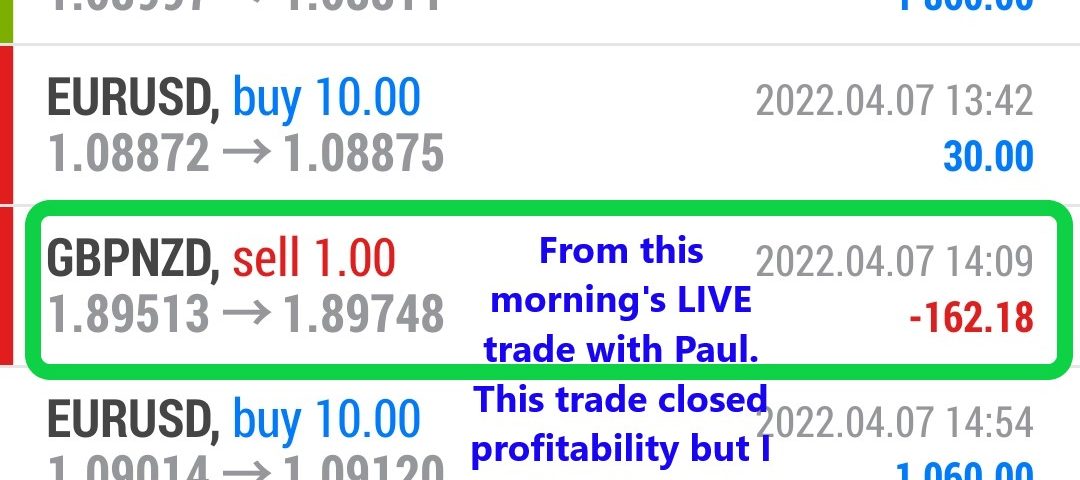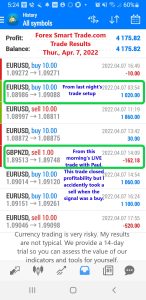Forex trading is the buying and selling of currency pairs, whereby there is the simultaneous buying of one currency and the selling of another.
Currencies are traded through a “forex broker” or “CFD provider” and are traded in pairs. Currencies are quoted in relation to another currency.
For example, the euro and the U.S. dollar (EUR/USD) or the British pound and the Japanese yen (GBP/JPY).
When you trade in the forex market, you buy or sell in currency pairs.
Imagine each currency pair constantly in a “tug of war” with each currency on its own side of the rope.
An exchange rate is the relative price of two currencies from two different countries.
Exchange rates fluctuate based on which currency is stronger at the moment.
There are three categories of currency pairs:
- The “majors“
- The “crosses“
- The “exotics“
The major currency pairs always include the U.S. dollar.
Cross-currency pairs do NOT include the U.S. dollar. Crosses that involve any of the major currencies are also known as ” minors”.
Exotic currency pairs consist of one major currency and one currency from an emerging market (EM).
Major Currency Pairs
The currency pairs listed below are considered the “majors.”
These pairs all contain the U.S. dollar (USD) on one side and are the most frequently traded.
While there are EIGHT major currencies, there are only SEVEN major currency pairs.
Compared to the crosses and exotics, price moves more frequently with the majors, which provides more trading opportunities.
| CURRENCY PAIR | COUNTRIES | FX SPEAK |
|---|---|---|
| EUR/USD | Eurozone / United States | “euro dollar” |
| USD/JPY | United States / Japan | “dollar yen” |
| GBP/USD | United Kingdom / United States | “pound dollar” |
| USD/CHF | United States/ Switzerland | “dollar swissy” |
| USD/CAD | United States / Canada | “dollar loonie” |
| AUD/USD | Australia / United States | “aussie dollar” |
| NZD/USD | New Zealand / United States | “kiwi dollar” |
The majors are the most liquid in the world.
Liquidity is used to describe the level of activity in the financial market.
In forex, it’s based on the number of active traders buying and selling a specific currency pair and the volume being traded.
The more frequently traded something is the higher its liquidity.
For example, more people trade the EUR/USD currency pair and at higher volumes than the AUD/USD currency pair.
This means that EUR/USD is more liquid than AUD/USD.





